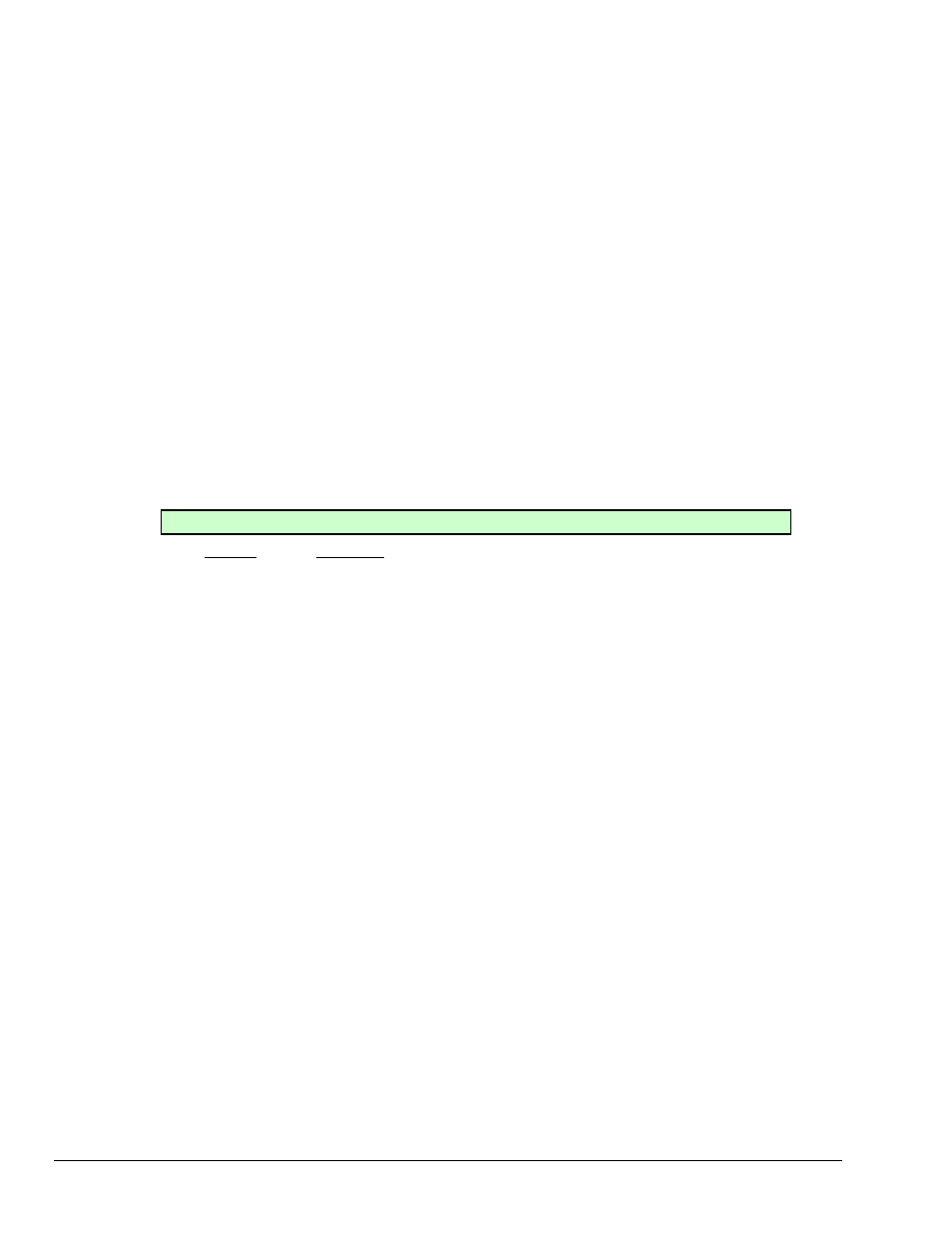Configuring a meter – Measurement Computing Personal Daq rev.6.0 User Manual
Page 64

4-22 Personal DaqView
989394
Personal Daq User’s Manual
Configuring a Meter
1. Bring up the desired meter group (Bar Graph, Analog, or Digital).
2. Place the mouse cursor over the meter, which you desire to reconfigure.
3. Click on the right mouse button. A Meters Configuration Menu, similar to that in the above previous
figure, will appear.
Note: The Show Peak Hold Indicator / Reset Peak Hold Indicator selections are not an option for Digital
Meters and do not appear on the configuration window for digital meters.
4. Select the desired option from the meter configuration menu.
5. If a dialog box is required, for example, to change a limit, simply enter in the new value in the appropriate
parameter box and press “Apply” or “OK.” Pressing “Apply” implements your changes, but keeps the
dialog box open, allowing you to make additional changes. Pressing “OK” implements your changes and
closes the dialog box.
Note:
If you desire to give two or more meters the same attributes you can click on the "More>>" button
to activate the meters extension box, then highlight the meters for which you want the attributes to
apply. This feature only applies to meters that are of the same type; for example, meter attributes
of a Bar Graph Meter will not carry over to attributes of an Analog or Digital Meter.
The preceding figure and following table serve as a quick reference to meters configuration.
Configure Meter Settings, Function Descriptions
Function Description
1 Select
Channel Select a new channel for display. The selected channel will replace the one
currently seen in the meter. Note that double-clicking the left mouse button in the
meter region will also bring up a dialog box, which allows you to select a new
channel.
2 Set
Scale
Set the high and low points of the scale, as well as define the decimal place format.
See following figure.
3 Show
Peak
Hold Indicators
Places high and low uni-directional floating markers on the scale to indicate the
highest and lowest values reached up to the present time. This feature does not
apply to the Digital Meters selection. (See following figure).
Reset
Peak
Hold
Resets the floating markers. Upon reset, the markers will instantly adjust to indicate
the highest and lowest values reached since the time of the reset. This feature
does not apply to the Digital Meters selection. (See following figure).
4 Show
Trend
Indicator
Displays a pointer to indicate the direction of the trend. Note that during rapid meter
fluctuations the increase and decrease pointers will appear to blink simultaneously.
(See following figure).
5 Set
Limits
Provides a way of establishing high and low limit set points.
Show
Limits Displays limits by adding color (red for high, blue for low) to the scale regions, which
equal and exceed the set limit values. For Digital Meters: reaching or exceeding the
high limit is indicated by red numbers and an upper red bar; reaching or exceeding
the low limit (in the negative direction) is indicated by blue numbers and a lower blue
bar. In addition, for Bar Graphs the indicator tip turns red for high limits and blue for
low limit conditions. For Analog Meters the dial arm’s pivot point displays red or blue
to indicate high or low limit (respectively).
6 Properties
Allows setting and showing limits, as well as opening the Scale dialog box.
7 More>>
The More>> button brings up a meters extension box. This allows you to select
several channels for which you want to assign the same meter attributes. Without
this feature each meter would have to be adjusted individually. This feature only
applies to meters that are of the same type; e.g., meter attributes of a Bar Graph
Meter will not carry over to attributes of an Analog or Digital Meter.
